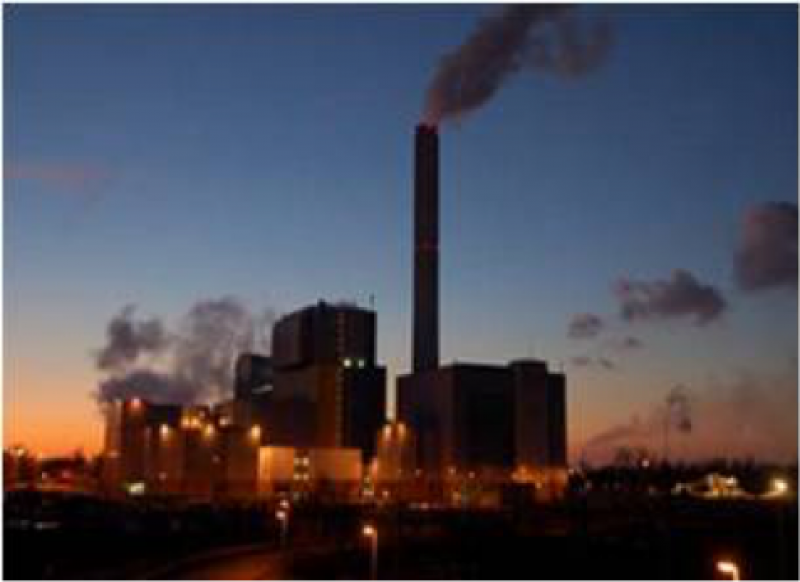Global Incinerator Market Research Report 2019, Industry Trends, Share, Size, Demand and Future Scope
Incineration refers to a waste treatment process which includes the combustion of organic substances present in waste materials. The heat generated during the process is further employed for the production of electricity. Incineration equipment is widely used in the management of medical, chemical, sewage, building, agricultural and municipality wastes. As this process assists in reducing the volume of solid waste significantly, the demand for incinerators is increasing across the globe.
According to the latest report by IMARC Group, the global incinerator market size was estimated to be US$ 12.6 Billion in 2018.
Market Trends:
Incinerators are one of the most popular waste-to-energy technologies used around the world for processing non-renewable waste. They aid in reducing the cost of transportation of waste as well as lowering the emissions of harmful gases generated from landfills. They also help in curbing soil pollution by preventing the toxic elements of untreated waste from leaching into the soil.
The growing environmental concerns in confluence with the increasing amounts of pollution, primarily in urban areas, is one of the primary factors impacting the demand for incinerators. Apart from this, the declining availability of landfills and the increased potential offered by these devices to deal with plastic and non-organic waste is also strengthening the growth of the market. On account of the factors mentioned above, the market is projected to reach a value of US$ 16.5 Billion by 2024, expanding at a CAGR of 4.6% during the forecast period of 2019-2024.
Browse full report with detailed TOC and list of figures and tables: https://www.imarcgroup.com/incinerator-market
